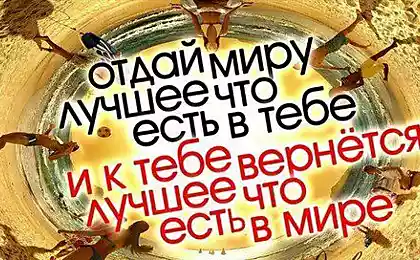969
Nearest starbursts!

October 7, 2013, Draconids
Draconids better seen in the northern hemisphere. Unlike most other rainy Draconids best seen in the evening, rather than morning. In most cases, the rain is not very intense, but sometimes bursts in which the sky can appear several hundred meteors per hour. Moon in 2013 should not interfere with the observations, so try to consider Draconids evening of 7 and 8 October.
October 21, 2013, Orionids
This meteor rain is best observed just before dawn, but in 2013 this may prevent bright moon. And yet, in spite of the usual maximum of 10-20 meteors per hour, the rain is quite possible to be seen even with the moon - it is usually quite bright meteors. Predict the maximum of this rain is not possible, so it pays to be conducted from midnight to dawn a few days before and a few days after October 21. Most likely, the most spectacular will be the wee hours of October 21.
4-5 November 2013, Southern Taurids
Streams that feed the rains southern and northern Taurids are quite scattered, which means a longer duration of the rain - it will go from 25 September until 25 November. But for the same reasons you can only see up to 7 per hour. Maximum flow Southern Taurids are expected on the night of 4 to 5 November, especially just after midnight. It is worth noting that, despite the small number of meteors, they are often very bright.
11-12 November 2013, North Taurids
This rain will run from October 12 to December 2, but even during the peak should not expect more than 7 per hour. Maximum expected after midnight on November 12.
16-18 November 2013 Leonids
Unfortunately, the full moon will prevent enjoy the magnificent sight of the meteor shower in 2013. It should be noted that generally the Leonids - the most spectacular meteor rain a year. Thus, in 1966, this flow does meteor like the rain as 15 minutes can be seen to several thousand meteor per minute. Maximum flow this year is expected to close by the morning of 17 or 18 November.























